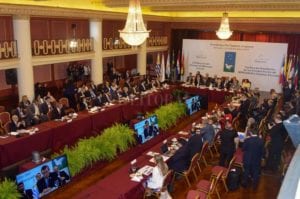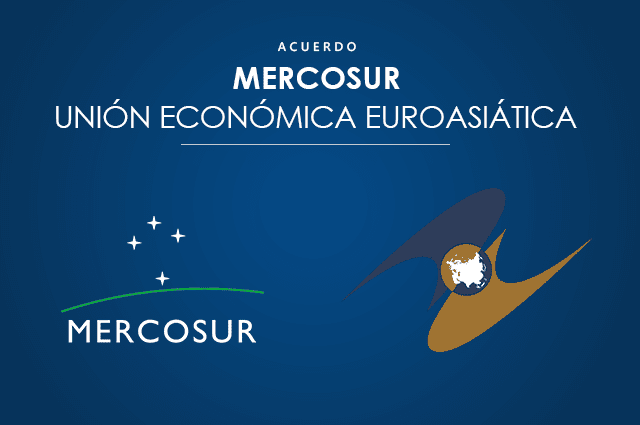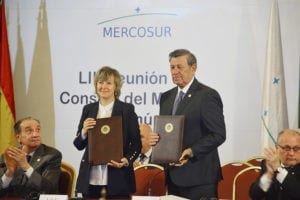
The MERCOSUR (in Spanish – Mercado Común del Cono Sur) is a subregional economic and trade union, which includes Argentina, Brazil, Paraguay and Uruguay. Associate members are Bolivia and Chile. In recent years, the foreign press has increasingly “slipped” the view that the once-large-scale regional integration process comes to a “stalemate”. However, the signing of the memorandum of understanding with the EAEU – the common market with more than 180 million people (which includes Armenia, Belarus, Kazakhstan, Kyrgyzstan and Russia) forced the skeptics to “shut up”.
Such an event demonstrated to the entire world community that the South American Common Market (MERCOSUR) is embarking on a new way of trade integration. The signing of such document was the result of painstaking five years of work, during which a high degree of economic complementarity was established between the two associations, as noted by representatives of the MERCOSUR. According to official data, the total GDP of the two associations: the MERCOSUR and the EurAsEC is 6.5% of the world total.
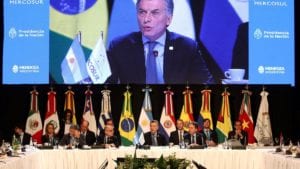
However, until today it is not known when the final trade agreement with the EU will be signed. However, both associations have not yet made the final political decision: in Europe they want to understand what position Jair Bolsonaro will take in this alignment of forces when he assumes the presidency of Brazil early next year. The German Chancellor Angela Merkel recently said that specifying the main points of the agreement would be “complicated” with the arrival of the ultra-right leader.
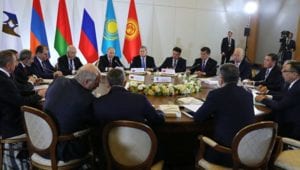
As for the crisis of the South American trade bloc observed in recent years, it is worth noting that the four partners of this organization (Brazil, Argentina, Paraguay and Uruguay), who alternately acted as chairmen in the union, pursued one common goal in stages: that determined the main goal of the MERCOSUR – the principles of free market and democracy. According to the leaders of the participants of the trade bloc, they were seriously focused on concrete results, so they tried to completely correct the main directions of the bloc.
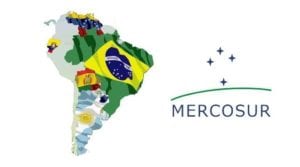
Not less progress is observed in the relations of the trade bloc with other regions. As a result of the negotiation process, the first meeting of the heads of state of the MERCOSUR and the Pacific Alliance was successfully held. As part of this long-awaited meeting, a roadmap was agreed to bring together on a number of issues: trade facilitation, regulatory cooperation and digital economy.
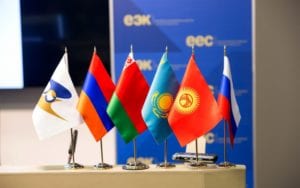
At the moment, the possibilities that the agreement between the MERCOSUR and the EAEU will bring are very obvious. First of all, we are talking about facilitating trade without unnecessary bureaucracy and reducing customs duties. However, at the same time, the upcoming challenges are clearly outlined. The most important of these is that the two blocks will need closer cooperation between the companies.
